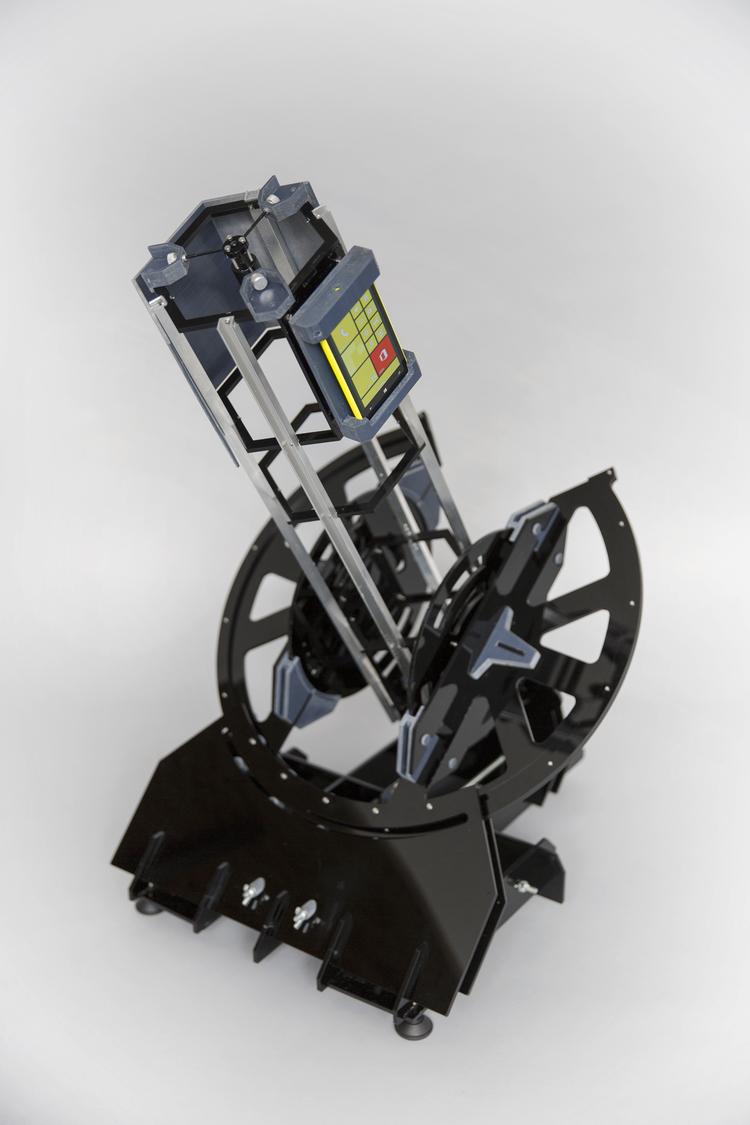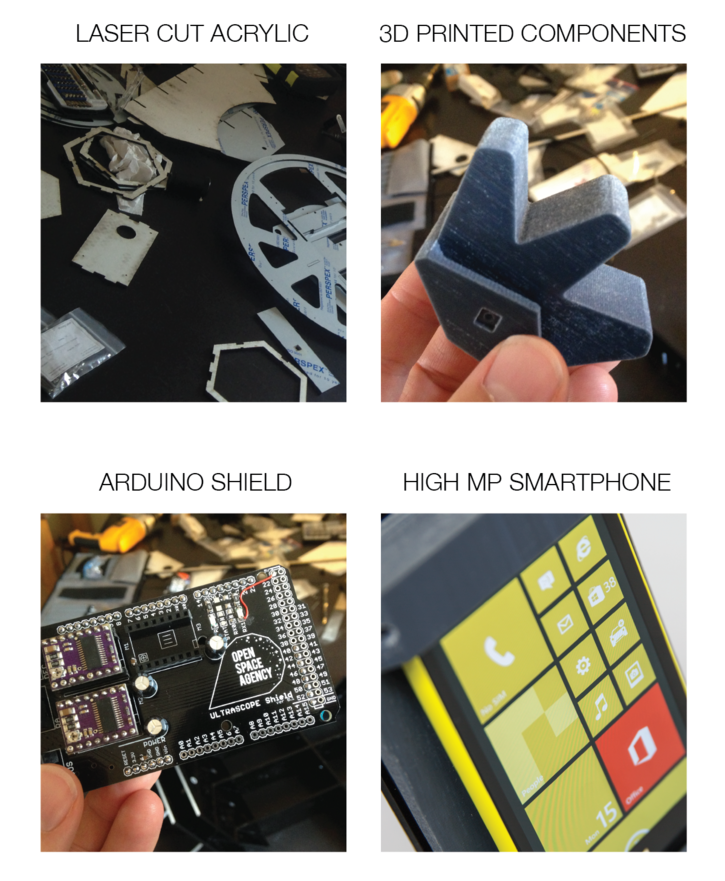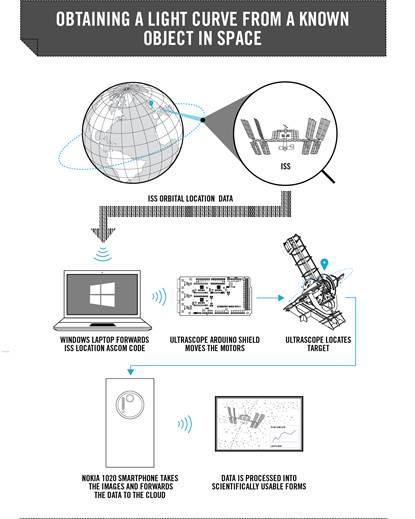Lumia 1020 Provides The Eyes For 3D-Printed Observatory
If you've grown tired of the things you can do with your smartphone's camera, on land or even underwater (depending on your device), perhaps it's time to look to the stars, quite literally. Especially if you have a Lumia 1020, one of pre-Microsoft Nokia's most notable creations, sporting a massive 41 megapixel PureView camera. Although the rest of its specs are pretty dated by today's standards, the is still being put to good use in Ultrascope, the world's first 3D-printed robotic telescope.
Don't go daydreaming about exploring the night sky just yet. Though this is pretty much a DIY product, the Ultrascope is by no means a toy. It's base is 65 cm wide and, when pointed vertically, it stands a good 1 meter tall. That alone should already hint that the "Automated Robotic Observatory" or ARO is meant to be a professional instrument that is now being democratized to be attainable and affordable, Relatively speaking, of course.
The Ultrascope is the brainchild of James Parr who, like probably many a child, dreamt of going to outer space. Now he's doing the next best thing and has founded the Open Space Agency or OSA to spearhead the project. And considering it's a juicy marketing opportunity for its Lumia devices, Microsoft is, of course, on board as well. That said, the Lumia 1020 is just one part, though a crucial one of course, of the observatory. The brains of the telescope will be found in a separate (Windows, of course) laptop, which drives an Arduino Shield that controls the motors. The rest of the structure is then made up of laser-cut acrylic and 3D printed components.
Ultrascope is still in beta testing and is, unfortunately, still unavailable to the general public. That said, the Open Space Agency, true to its name, will make the 3D files and even the software for the whole setup available later under an open license. No target date has been given yet, but that might be enough time for those intensely interested in it to hunt for an Arduino Shield and a Lumia 1020 in advance, presuming those parts don't change over the course of time.



